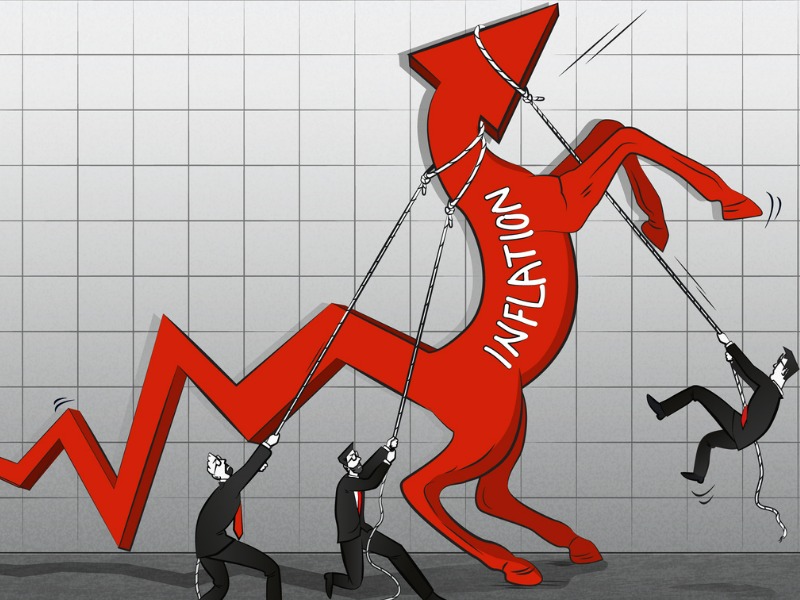How insurers can respond to interest rate hikes and market volatility

How might high inflation, rising interest rates, and current volatility in stock and bond markets impact future P&C insurance pricing?
It’s too early to tell.
For insurers, the current environment requires consistent monitoring of profitability and portfolio performance, said Fiona So, director actuarial services at RSM Canada. And review or revising of pricing and product development assumptions may need to become part of the stress-testing process.
She added scenarios around interest rate changes and inflation should be considered.
“While the new environment could result in positive impact on investment returns, and potentially a positive impact on how, and how much, policyholders are compensated, inflation causes headwinds on the claims side,” she told a Mar. 22 Canadian Insurance Accountants Association webinar. “Insurance carriers are faced with heightened risks associated with reserving and claims management.”
Trends will more clearly emerge in property damage, auto physical damage, liability, and homeowners insurance as inflation pushes up costs to rebuild.
“All of these considerations could impact how you set your premiums,” So said. “It’s important to have a reserving and claims management approach that is responsive to market change.”
That includes a company’s philosophy around estimating cash reserves and basing those on recent actual paid losses as opposed to average settlements. Since it’s impossible to know how high the current inflationary cycle could reach or how long it might last, traditional actuarial reserving methods may not be suitable, she noted.
“Along with claims management, it’s important to understand how inflation is being considered when estimating reserves,” So said. “Rather than assuming historical inflation projects into the future…during an inflationary environment [one approach would be] to remove the impact of historical inflation before estimating reserves and then incorporating expected future inflation.”
Plus, there’s often a lag between claims activity and setting new premiums. In auto insurance, competing events might balance each other out. On one hand, she said, claims frequencies remain lower because of reduced automobile use in the wake of COVID-19. On the other, inflation is starting to show up in greater claims severity.
“Does that lead to increases in premiums overall?” she asked. “It’s hard to say at this point.”
What’s more, it’s a new reality for P&C insurers working to manage investment portfolios, said Kris Somers, managing director, debt capital markets at BMO Capital Markets.
“If I were an executive at an insurance company, I’d be looking at the income statement. I’d be thinking to myself, ‘Okay, let’s assume interest rates increased or decreased by this amount. How does that impact the discount rate on our insurance liability?’” he said.
“I [would] be looking at other levers that might need to be pulled, for example rate increases on the inflation and the claims.”
Even though many market watchers predicted central banks would pause interest rate hikes, Somers said inflation remains unpredictable, since unemployment levels are still low and job creation is strong. That bolsters arguments for raising interest rates, particularly for the U.S. Federal Reserve, which hiked its benchmark rate by a quarter point shortly after the webinar ended.
“If we’re not seeing layoffs, [if] we’re not seeing real impacts coming through from [those rate hikes], there’s no reason to take the foot off the gas pedal in terms of fighting inflation,” he said.
The complicating factor is the emerging bank liquidity crisis, which is likely going to result in some decline in overall lending activity.
For insurance companies looking at their capital strategies, said Somers, it’s wise to get ahead of the lesson now being learned by Silicon Valley Bank and Credit Suisse, and follow the long-established rule of selling assets to raise capital when the price is advantageous, instead of selling devalued assets when times get desperate.
“At the large public [insurance] companies there’s been a concerted effort to really shore up capital on their books over the past couple of years,” he said. “This current environment [is not] a prime one to be trying to raise capital as a financial services company, but the window will come back and when [it does] we will see an increase in the amount of activity across the industry.”
Feature image courtesy of iStock.com/Cemile Bingol







